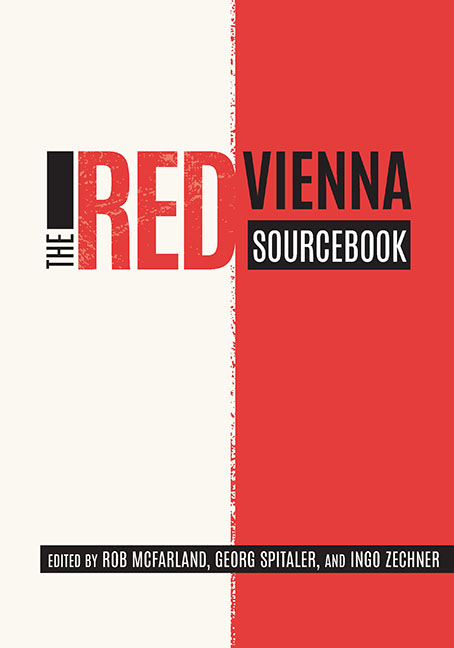Book contents
- Frontmatter
- Contents
- Acknowledgments
- Permissions and Credits
- A Note on the Structure of This Book
- Introduction
- Part I Foundations
- Part II Philosophies
- Part III Identities
- Part IV New Values
- Part V Social Engineering
- Part VI Vitality
- Part VII Housing
- Part VIII Cultural Politics
- Part IX Mass Media
- Part X Exchange
- Part XI Reaction
- Part XII Power
- Chronology
- References
- Contributors
- Index of Subjects
- Index of Persons
Chapter 20 - Urban Planning
Published online by Cambridge University Press: 23 October 2020
- Frontmatter
- Contents
- Acknowledgments
- Permissions and Credits
- A Note on the Structure of This Book
- Introduction
- Part I Foundations
- Part II Philosophies
- Part III Identities
- Part IV New Values
- Part V Social Engineering
- Part VI Vitality
- Part VII Housing
- Part VIII Cultural Politics
- Part IX Mass Media
- Part X Exchange
- Part XI Reaction
- Part XII Power
- Chronology
- References
- Contributors
- Index of Subjects
- Index of Persons
Summary
BY BUILDING NEARLY FOUR HUNDRED municipal housing complexes (Gemeindebauten) with almost sixty-four thousand apartments, as well as welfare, sports, and culture facilities, Red Vienna permanently inscribed itself on the space of the city. Seizing the opportunity to create a new social and democratic city, the building program began in 1923 with large-scale efforts to define housing as a public responsibility, embedded in a complex series of education and welfare policies. Initially, however, the officials did not have a unified vision of how this “new city” was supposed to be created, as urban history scholar Eve Blau has shown. The dire social and economic situations in Vienna at the end of World War I left little room for the questions of planning. The supply chain was in total disarray. In spite of the starkly falling number of residents, the housing crisis in Vienna was steadily worsening. Even before the war broke out in 1914, the housing market had been driven almost exclusively by capitalism and private property rights, characterized by real estate speculation and fluctuating property prices. The market could not even come close to providing the amount of new housing that was needed. This market-driven approach resulted in urban spaces that were, compared with international standards, more densely built: 85 percent of the land space was devoted to buildings, with many small, crowded apartments. During the war, building activity came to a standstill. The introduction of rent control in 1917—including a rental price freeze and protection against evictions—made investment in existing housing unprofitable. After the end of the war, the number of marriages increased, and the rental market was overwhelmed by young couples and families. The most important public means of controlling the situation was the 1919 apartment requisition policy, which allowed the government to force residents to provide private rooms for those in need.
At the same time, the extreme housing shortage led to an active do-it-yourself movement among the city's residents. After the war, “wild settlers” occupied land on the outskirts of Vienna in order to provide for themselves by growing fruit and vegetables and by raising small livestock. In the early 1920s, this do-it-yourself activism gave rise to the Vienna settler movement. The movement was founded upon the ideals of nonprofit cooperative ownership of housing, voluntary labor, shared infrastructure, and self-administration.
- Type
- Chapter
- Information
- The Red Vienna Sourcebook , pp. 389 - 404Publisher: Boydell & BrewerPrint publication year: 2019

